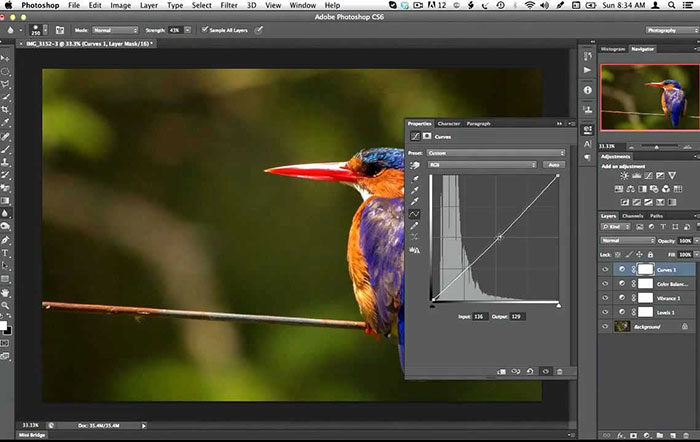
(There are a lot of plugins for both GIMP and Photoshop, and not all of them have equivalents either way.) If you have both, you'll probably find that Photoshop offers more features and/or a better user interface for most common editing tasks.

I'm sure one could find quite a few more cases where GIMP does something better than Photoshop or has some feature Photoshop lacks, especially if plugins are included.

While Camera Raw is probably nicer to use for most people, I'd be surprised if one couldn't find anything that UFRaw does better. From what I've seen, Adobe's plugin certainly has a much smoother user interface and includes a bunch of editing options that UFRaw lacks, but on the other hand, UFRaw does have a pretty advanced technical back-end and supports lots of obscure camera formats. I haven't actually used the Adobe Camera Raw plugin in Photoshop, so I can't really compare it in detail with GIMP's UFRaw plugin.
#PHOTOSHOP CS2 VS GIMP INSTALL#
For Photoshop, you need to find and install a plugin or use an external converter tool. GIMP has built-in support for loading and saving multiresolution icons in the. (Apparently there is an old plugin for it, but it's 32-bit only and no longer maintained.)
#PHOTOSHOP CS2 VS GIMP FREE#
Off the top of my head (and keeping in mind that it's been many years since I last used Photoshop), here are a few examples:Īs a historical example, GIMP had content-aware fill (via a free plugin) for several years before Adobe added an equivalent feature to Photoshop.Īs far as I know, Photoshop still doesn't have anything quite equivalent to GIMP's Color to Alpha tool, even though it's very useful for things like replacing the background of an image while preserving soft edges. It's not particularly common (usually, at best you can expect them to do the job equally well), but it does happen. To answer your literal question, there are a few areas where GIMP can be better than Photoshop.


 0 kommentar(er)
0 kommentar(er)
